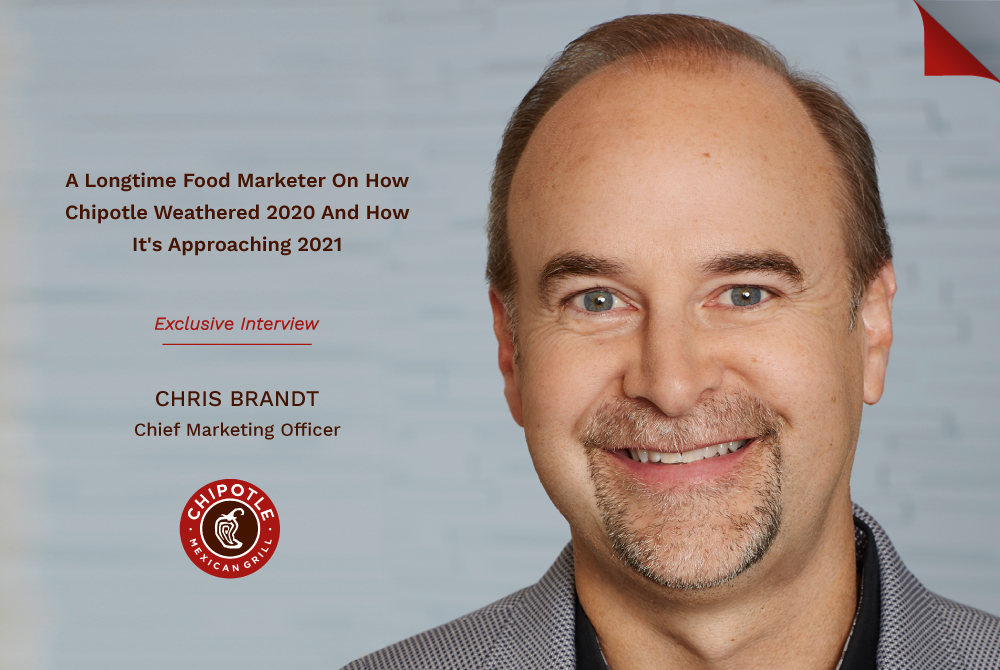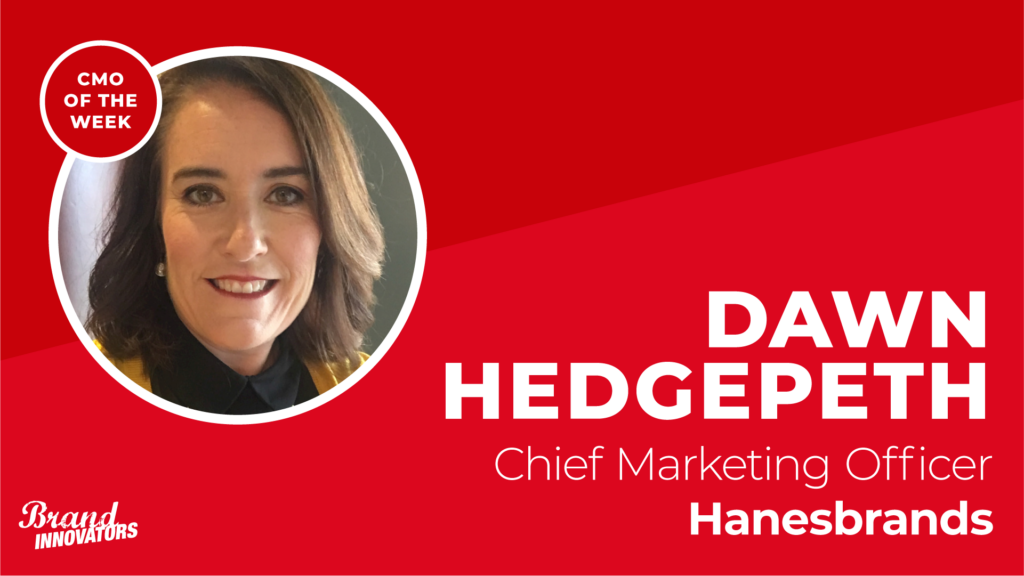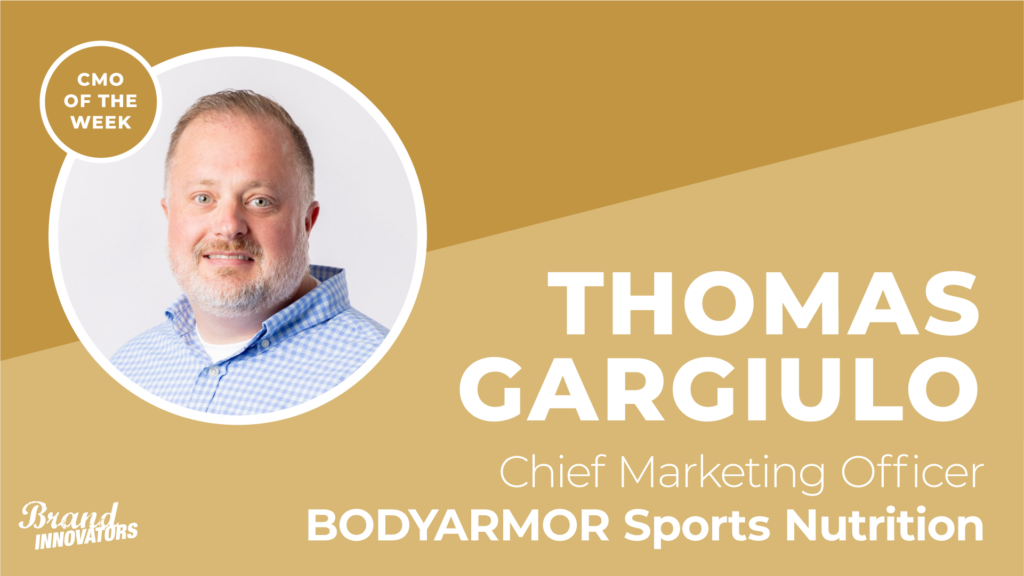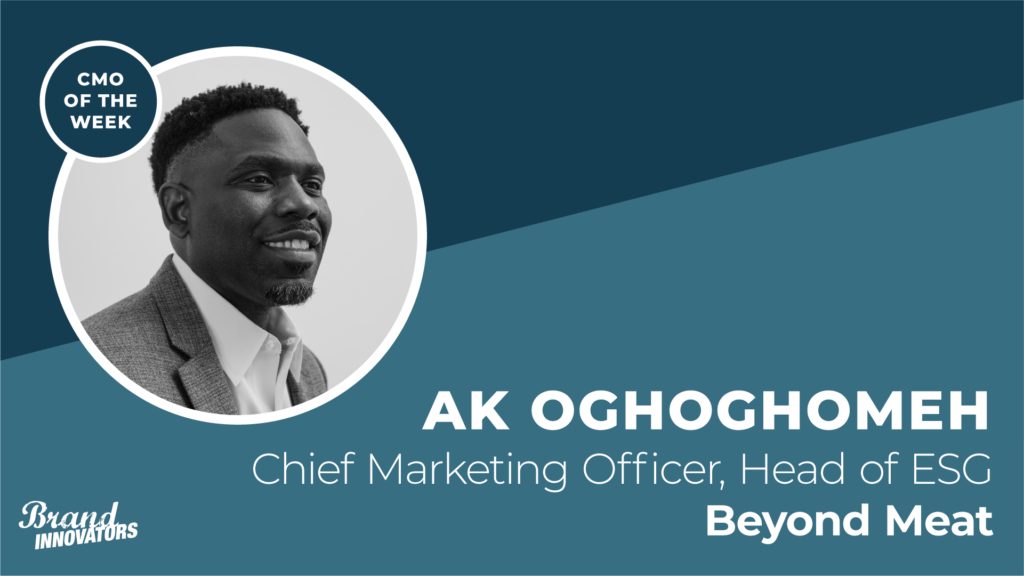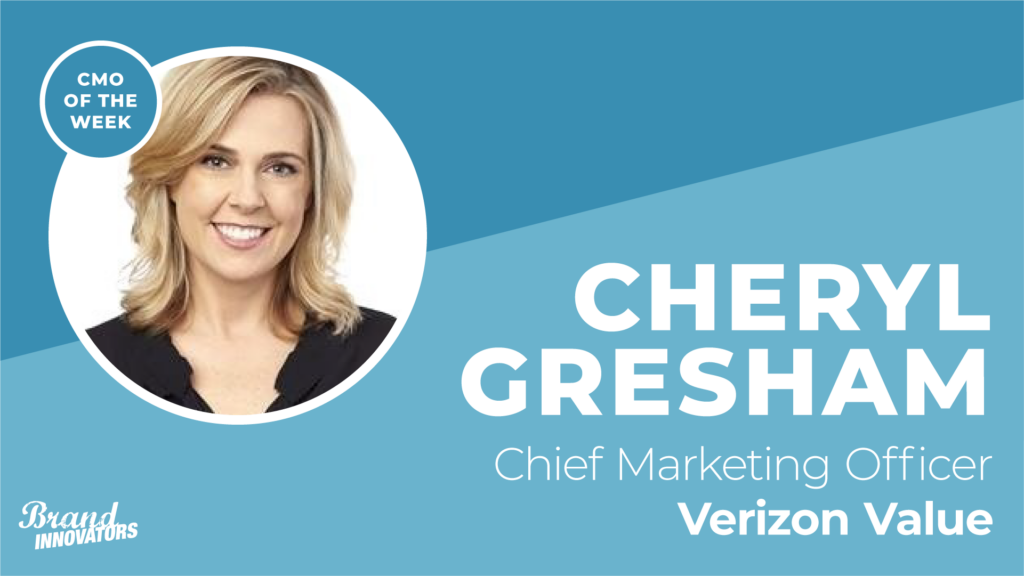Throughout the pandemic, Chipotle’s chief marketing officer Chris Brandt has overseen a number of digital and social efforts that have made headlines – from organizing virtual gatherings with celebrities called Chipotle Together to, more recently, naming a burrito after Miley Cyrus.
Chipotle has adapted well to leveraging social trends and memes quickly, a challenge that not all brands have been able to meet. And it’s no surprise why: several marketers, Brandt included, and the company’s CEO, Brian Niccol, all worked together at Taco Bell during a time when the chain was well known for its social-media savvy. Not long after Niccol’s arrival at Chipotle in February 2018, he recruited a few former Taco Bell marketers, including Brandt. Within six months, he also brought on Tressie Lieberman and Stephanie Perdue, who left Taco Bell in 2016 and 2017 to take on CMO roles at Snap Kitchen and TGI Fridays, respectively.
Brandt says that the brand has adapted well to the pandemic because he and his team had made a commitment to be relevant and drive culture. “Our social team has done a terrific job throughout this [pandemic], and we’ve been at the forefront, leveraging TikTok and finding new ways to engage with our customers since March,” says Brandt. “We’ve done a lot of things in social and digital over the years, but more recently, we’ve become not only part of culture, we help drive it.”
So how did Chipotle come to name a burrito after Miley Cyrus? By leveraging TikTok, of course. In early December, TikTok users noticed that Miley Cyrus had become quite responsive recently on her social channels, so fans tagged her with posts that say things like, “If Miley Cyrus comments, I’ll get whatever tattoo she says.”
To jump on the trend, Chipotle posted on its TikTok profile, “If Miley Cyrus comments, we’ll make a Miley burrito in our app.” Cyrus, of course responded: “Only if you name it ‘the guac is extra but so is Miley burrito.’”
And so a Miley Cyrus burrito was born. Though it was only available from Dec. 9 until Jan. 4, Chipotle sys it garnered 1.4 billion PR impressions and more than 500,000 engagements on social media. Cyrus herself posted about it five times across her social media properties, which Chipotle says represents a collective reach of more than 173 million followers.
Aside from a social and cultural presence, expanding and improving its digital touchpoints were a key priority for the brand in the last few years, a strategy that benefited the company while millions of people have been stuck at home. “People had said before COVID said they’d want more access to Chipotle, and the way for us to do that was through digital. Digital was where the action was even before COVID,” said Brandt, adding that the digital push included refining the mobile app and its ordering capabilities and doubling down on delivery. “As we got into 2019, we hit $1 billion in digital sales. In 2018, we went from almost nothing to 500 million.”
That bet on digital has paid off. In its most recent earnings call, Niccol said that digital sales were expected to reach $2.5 billion in 2020, more than double 2019’s total.
Chipotle, like every other restaurant, was immediately impacted by shutdowns and had to pivot from a business that operated mostly as a walk-in business to one that relies heavily on its ordering app and website to manage and deliver orders. It’s even outperformed many in the chain-restaurant market this year. Same-store sales rose 8.3% in the third quarter, and its digital sales more than tripled.
But its sales haven’t always been this strong, and its marketing hadn’t always been smooth sailing. It had a lengthy crisis between 2015 to 2018 that stemmed from food-borne illnesses. The brand saw its sales plummet after some food-safety issues, including one in which dozens of customers reported e.coli symptoms, resulting in multiple store closures. Eventually, it began to recover and the company’s sales and stock prices increased after implementing increased food-safety measures across the company’s 2,600-plus locations in the U.S.
Brandt is a longtime food and beverage marketer who has spent the last 10 years in the fast food and restaurant space. Prior to joining Chipotle in April 2018, Brandt was chief brand officer at Bloomin Brands for nearly two years. But until joining Chipotle, he was best known for his work at Taco Bell, which he joined in 2010 as VP of -brand marketing. There he worked with Niccol, who was Taco Bell’s CMO and later became president and CEO, and Brandt moved up to the CMO role. Prior to Taco Bell, he held senior roles at General Mills and Coca-Cola.
Brand Innovators caught up with Brandt from his home in St. Petersburg, Fla., to discuss how the brand recovered from its crisis, how it weathered 2020 and what’s in store for 2021. This interview has been edited for length and clarity.
Chipotle has had a pretty dramatic turnaround since the beginning of its food -safety issues in 2015. How are you working to ensure that the company maintains this turnaround?
When we came in in 2018, one of the biggest things we had to deal with was that the company had its confidence shaken from 2015 to 2017. As we came in, we just wanted to restore confidence and wanted the brand to be more visible, more relevant and more loved. So we focused on driving culture and prioritizing digital.
Then when COVID happened, we realized we were already ahead of a lot of restaurants because of what Chipotle had been through with food safety and what we put into place to restore confidence. So we were in a really good position to operate because we had safety protocols, digital and delivery were already prioritized. With the COVID crisis we kind of got a chance to talk about a lot of the things that we were already doing that other restaurants adopted once the crisis began.
Right at the beginning of the pandemic you launched Chipotle Together. Was that in the works before COVID lockdowns began in March?
That had not been in the works. I think the idea started on Thursday or Friday when everyone was going into lockdown and we launched it that Monday. The social team did a great job of seeing where the ball was going to go and anticipating that people were going to feel isolated at this time. And we’d never done this. We even got Zoom bombed, so there were a lot of different things we were learning in real time that we just had to deal with as they happened.
We were also in the midst of relaunching our Queso Blanco and had a lot of media tied up in NCAA and March Madness and we had to just pivot everything. Our team was making all those changes in anticipation. We pivoted creative and repurposed creative from other spots that we did and changed them to be about delivery because it wasn’t about the in-restaurant experience anymore. We had new signage in the restaurants. People worked over the weekend, in a matter of days. And so we really got ourselves positioned in the right way at the beginning and didn’t have to play catch up.
By Wednesday of the first week of quarantine, we had a whole new media plan, repurposed creative to be about delivery, and messaging about free delivery in all our channels. We weren’t playing catch up.
What efforts did you try during lockdowns and closures that worked well enough to continue into your long-term marketing?
A couple things. Some of it was a continuation of our existing strategy. We launched lifestyle bowls in 2019, which are bowls that help people meet their specific diet goals. But as people were staying home, many were worried about gaining COVID weight. So we leveraged that lifestyle platform, which is lower calorie and can fit whatever lifestyle or diet you’re on, whether it’s Whole 30 or you’re trying to lose weight.
We also continued with our innovation pipeline. We tested cauliflower rice and just launched it nationally. We’re testing brisket and other products, and we’re trying to get people to taste new things, so these efforts will continue.
We had already been growing our digital business, but now digital is about 50% of sales. We brought in a ton of new consumers through digital in 2020. And a lot of the delivery business are new customers to Chipotle.
You participated in the Facebook ad boycott, “Stop Hate for Profit” in July, but said publicly you’d continue through August. When did you go back to Facebook, and did not advertising on Facebook impact your reach or sales at all?
Chipotle did not spend on Facebook in July or August, but resumed in September. We are constantly evaluating our advertising to ensure alignment with our commitment to be part of the solution in creating inclusive communities. We continue to keep a close eye on the measures Facebook, and other social platforms, are taking to stop hate and improve brand safety.
How did you approach the upfronts this year, a time when many marketers were taking more time to make their commitments? Did you approach differently than in years past?
The biggest thing we were looking for in this upfront that is different from years past is flexibility. Based on 2020, we need to be able to change on a dime and be flexible about cancellations or pivoting to different programming if/when required. We really appreciate working with our partners who understand this and were willing to work with us to make that happen.
How has your media mix changed over the past year, especially once COVID took hold in the U.S.?
Like a lot of brands, we pivoted toward social, digital and streaming. There was a lack of sports happening, and we were a pretty big advertiser in that space. But we’ve always had a balanced approach to digital and linear TV. Our media mix this summer was much heavier in social and digital than it had been. That will stick around to some extent but we’ll welcome back linear TV. The challenge is to do the right mix.
One of the things we put in place in 2018 was an analytical piece. We’re trying to measure everything. There’s an art and science to it, but we’re trying to maximize as much as we can.
One of the first things we did in my first year in 2018 was we took $25 million out of our budget allocated for promotions and couponing and that kind of thing, and put it into media. And that proved to work really well because we have some good stories to tell, and people want to see the food, so you’ll see more of us pursuing video media.
We also want to show up where other brands don’t show up, like at the Spelling Bee. We were also at the Rose Parade, so you’ll continue to see us do that sort of thing as well.
And how are you looking at 2021? How far in advance are you planning in advance these days?
We’re planning for the year. The key is to just remain agile and adjust as needed. I’m kind of planning with the assumption that we’ll be back to normal in the fall, but we also understand that may not happen. We hope things will go on but we’re prepared to pivot if not. We have the first half of the year planned out, but we have a good eye to the second half and will be flexible when needed.
We’ve been planning this way now for more than six months or so and we’ve learned to operate in this environment. We’re taking a more normal approach than totally fly-by-the-seat.
Maureen Morrison is a marketing and editorial consultant for Brand Innovators and is the founder of the consultancy Irving Park LLC, based in San Francisco.
